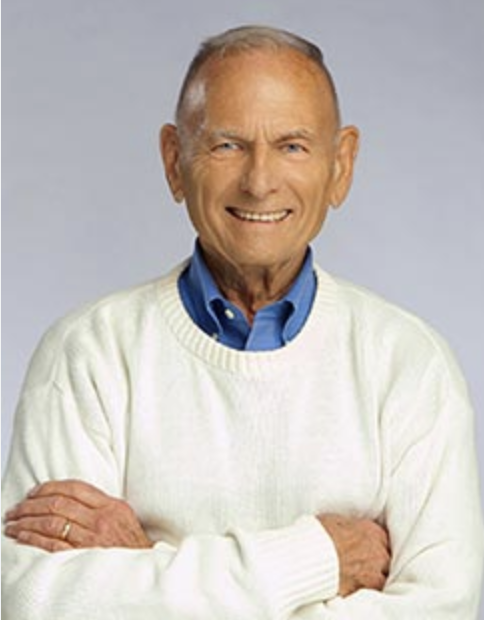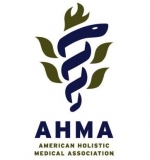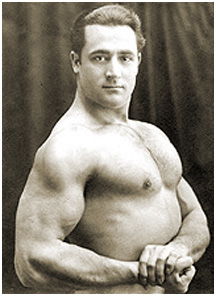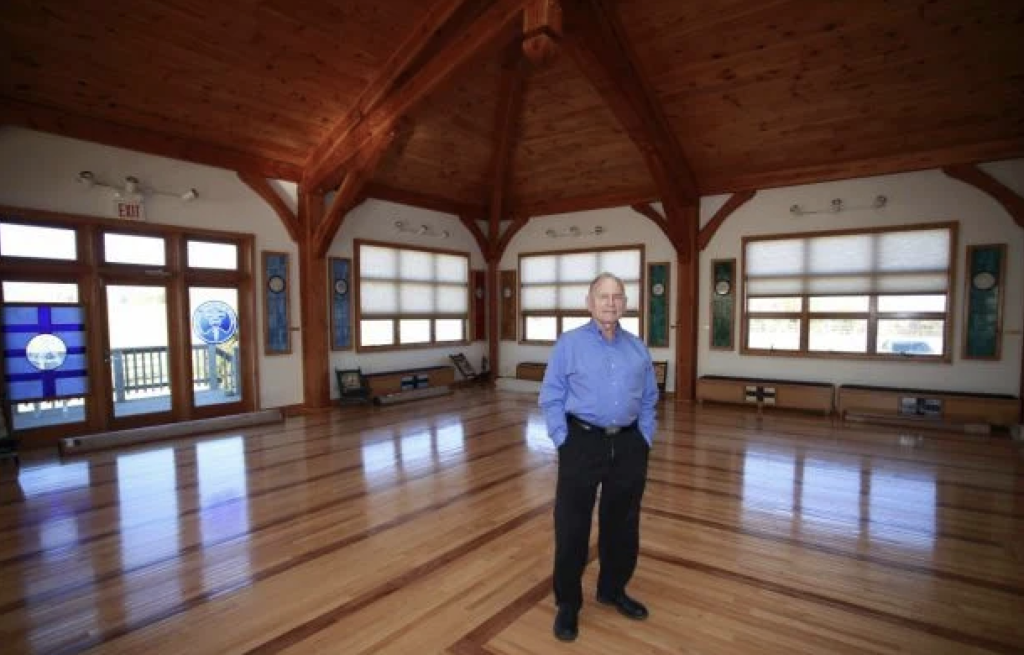
(December 4, 1932 – July 8, 2024)
“To me, everything is energy.”
That’s the sort of statement one would expect from a shaman, or perhaps a theoretical physicist, not from a neurosurgeon.
But Norman Shealy was not a typical neurosurgeon. Over a clinical and research career spanning nearly 70 years, Dr. Shealy challenged and expanded the boundaries of neuroscience in ways that profoundly benefitted patients suffering from chronic pain.
Best known for his discovery and development of Transcutaneous Electrical Nerve Stimulation (TENS), Shealy was ever willing to explore far beyond the narrow confines of his chosen specialty. Yet he always returned to the practical nuts and bolts of caring for other human beings. He approached life with a rare combination of grace and grit. He could talk about auras, anesthetics, or agriculture with equal expertise and practical experience.
Clyde Norman Shealy was born on December 4, 1932, into a farming family in Columbia, SC. He earned his MD from Duke University in 1956, and followed that with intensive neurosurgical training at Harvard and Massachusetts General Hospital.
Sharp Mind, Compassionate Heart
Shealy had the no-nonsense practicality of a farmer, and he was as meticulous, analytical, and logic-driven as any physician-scientist. But his pragmatism was well balanced by a deeply compassionate heart and an expansive mind. He saw the limitations of mid-century allopathic medicine, and was not afraid to acknowledge phenomena that didn’t fit easily into its mechanistic model of the world.
“The one thing that’s been missing from our approach to medicine for over 300 years is what I would call the spiritual. To me, there is something beyond a physical body and a mind. There is some power that we call God. I don’t fit well with most conventional religions, but I am anything but an atheist,” he said in a 2018 interview on Duke University’s website.
Once, he was asked how he defined the term “Holistic.” He responded: “We have bodies, but we are much more than our bodies. We have emotions but we are much more than our emotions. We have mind, we are much more than our minds. We are soul having an experience. If you don’t include your real self, which is your soul, you can’t be real.”
Suffice to say, it was not lost on the man that his surname contained the word “heal”.
Shealy trained at some of the nation’s top medical institutions, and chose a prestigious high-demand specialty. Yet he was quickly disillusioned by what he experienced as a young neurosurgeon.
Development of TENS
“In residency, I was truly shocked at the way we treated back pain,” he said, in an interview with Tasneem “Dr. Taz” Bhatia, MD, founder and director CentreSpringMD. “You wouldn’t believe what was going on before 1960. We were going into the operating room, taking two laminae off the spine, breaking off a piece of an old single edge razor blade…and cutting the front half of the spinal cord. It was called a cordotomy. I thought it was barbaric.”
These and other experiences led him to a conclusion that allopathic medicine, with its narrow focus on surgical interventions and pharmaceuticals, had serious limitations when it came to helping people who had chronic diseases.
Shealy said he became fairly obsessed with the question: “How do we inhibit pain without damaging the person?”

That quest ultimately led to the discovery and development of TENS, a line of research he began in the late 1960’s, at Western Reserve Medical School. When first introduced in the early 1970s, TENS and its related modalities revolutionized pain management. But like all significant advances in medicine, it initially met with rejection and refusal. At first, the neurology community scoffed at Shealy’s TENS techniques.
“I presented my animal research at the American Association of Neurological Surgeons, they screamed and yelled that I didn’t know what I was talking about because it was only animals. But when I came back with six patients, suddenly every neurosurgeon in the room was ready to do the procedure,” he said in an interview on Jeffrey Mishlove’s New Thinking Allowed.
By the mid-70s, Shealy had left neurosurgery and opened his own practice in La Crosse, Wisconsin, where he was seeing upward of 400 patients a year seeking treatment with his spinal cord stimulator. Most were referred by other doctors who’d exhausted the conventional treatment options.
“These people had had five to seven unsuccessful back operations. They were on valium and Percodan. I said, ‘Somebody’s got to find out what to do with these failures of conventional medicine.’”
TENS and various related techniques eventually found their place among the accepted treatments for chronic pain syndromes. The path to wider acceptance was long and difficult, yet Shealy lived long enough to celebrate the 50th anniversary of TENS back in 2021.
A Broad Vision
Though his main clinical focus was on chronic pain, Shealy became deeply interested in depression, anxiety, and stress. And he realized that in many people, these were inter-related. He was one of the first clinicians in the US to talk about stress as a pathogenic factor, and even developed assessment questionnaires to help practitioners quantify stress and other psychosocial determinants of disease.
His clinic, which later evolved into the Shealy Pain and Health Rehabilitation Institute, and then the Shealy-Sorin Wellness Institute in Springfield, MO, was one of the nation’s first interdisciplinary holistic centers. He was studying and employing things like acupuncture, traditional indigenous medicine, stress reduction, and other non-conventional healing approaches decades before these became popular topics of conversation.
Throughout his life, Shealy insisted that stress is a major driver, if not the primary driver, of nearly all chronic disorders. He was an early adopter of autogenic training, a system of self-directed auto-suggestion exercises aimed at inducing relaxation, activating the parasympathetic nervous system, and mitigating emotional stress and anxiety. The system was developed by German psychiatrist Johannes Heinrich Schultz, who published the techniques in 1932.
Shealy discovered Schultz’ work in 1972, and adopted it immediately. He says it prompted him to pursue a PhD in psychology at Saybrook University, so he could “understand this whole concept of self-regulation.” Over time, Shealy developed his own series of autogenic exercises which he routinely taught to patients dealing with chronic and acute pain, depression, anxiety, and a host of other disorders.
A Champion of Holism
Dr. Shealy is widely recognized as a progenitor of what we know today as holistic and functional medicine.

Along with Drs. Gladys Taylor McGarey, Evarts Loomis, Bill McGarey, and Jerry Looney, Dr. Shealy was a founder and guiding spirit of the American Holistic Medical Association, known today as the Academy of Integrative and Holistic Medicine. The organization gave medical doctors and other conventionally-trained practitioners a forum in which to explore things like acupuncture, herbal medicine, the placebo effect, energy medicine, meditation, and the role of mindset in promoting illness and restoring health. In 1978, at the time of its founding, there was nothing remotely like AHMA.
In addition to AHMA, Shealy also founded his own Holos Institute of Health, a non-profit research institute dedicated to exploring the interface between psyche, soma, and spirit. He held several patents for therapeutic devices, and authored numerous books, including Energy Medicine, Medical Intuition, and The Healing Remedies Sourcebook.
He was as revered by his colleagues as he was loved by his patients. “Norm Shealy continues to surprise me! He always has something new to present to the world,” said Gladys McGarey, an AHMA co-founder, who’s still going strong at 103 years of age.
Larry Dossey, MD, an early champion of holistic medicine, said Shealy’s work “breaks down the walls between the physical, emotional, and spiritual aspects of our being,” and that “the medicine of the future is available now. Norm Shealy has taught people how to live not only long but also well.”
Exercise is Essential
As interested as he was in ethereal, spiritual phenomena, Shealy was extremely down-to-Earth. He was a lifelong practitioner of Charles Atlas’ Dynamic Tension exercise system, which he discovered when he was 12 years old.

Even into his 90s, he was would exercise for at least an hour—usually two—seven days a week. Arising at 4am, Shealy would do a full sequence of Atlas isometric exercise, then 200 sit-ups, 100 back-ups, followed by time on his Healthrider exercise bike, and his treadmill. “I do all that before I do anything else,” he told Dr. Taz. “I won’t even answer the phone.”
Physical exercise, he argued, was an absolute necessity for health. There’s no medication, surgical procedure, or tech fix that can benefit the human organism the ways that exercise can.
He urged his patients to do everything they could to maintain their BMIs in the range of 18-24. “If you have a BMI of 30 or more, you have the same mortality risk as someone who smokes three packs of cigarettes a day,” he insisted. And smoking, he maintained, is completely antithetical to good health.
So is junk food. Shealy says he ate at McDonald’s exactly once in his life, when the chain opened a shop in Cleveland in 1962. “I took one bite. I spit it out, right there in the restaurant, and I’ve never been back.”
Strong Roots
Though his perspectives were wide and worldly, Shealy was always deeply rooted in home and family. He was a devoted husband to Mary-Charlotte “Chardy” Bayles, whom he married in 1959, and with whom he had three children. Their home base was a 256-acre farm nestled in the Ozarks, near Fair Grove, MO, on which Shealy spent much time tending his gardens. Till the end of his life, he kept farmer’s hours: up at 4am, in bed by 8.

After his wife’s death in 2011, Dr. Shealy donated the Fair Grove property and and the buildings that housed his Holos Institute, to the University of Missouri.
In 2016, Shealy co-founded the International Institute of Holistic Medicine with holistic family physician Sergey Sorin, whom he named as his successor. Up through his 90th birthday, Norman Shealy was still seeing patients, teaching and giving workshops. The clinic he directed with Sorin boasts an 85% resolution rate for chronic pain syndromes, and was rated the most cost-effective pain clinic in the country.
To the end, Shealy remained a sharp critic of conventional allopathic approaches to the treatment of chronic diseases. “In acute illness it can save your life. In chronic illness it can cost you your life.” Real healing of chronic conditions requires transformation, not simply medication.
Over his long colorful life, Norman Shealy explored the farthest reaches of human experience, yet always kept is feet firmly grounded on the earth, and his heart deeply connected with his family, his patients, and his colleagues. His influence in the fields of holistic, functional, and naturopathic medicine is prodigious, and it will continue to reverberate for years to come.
END







